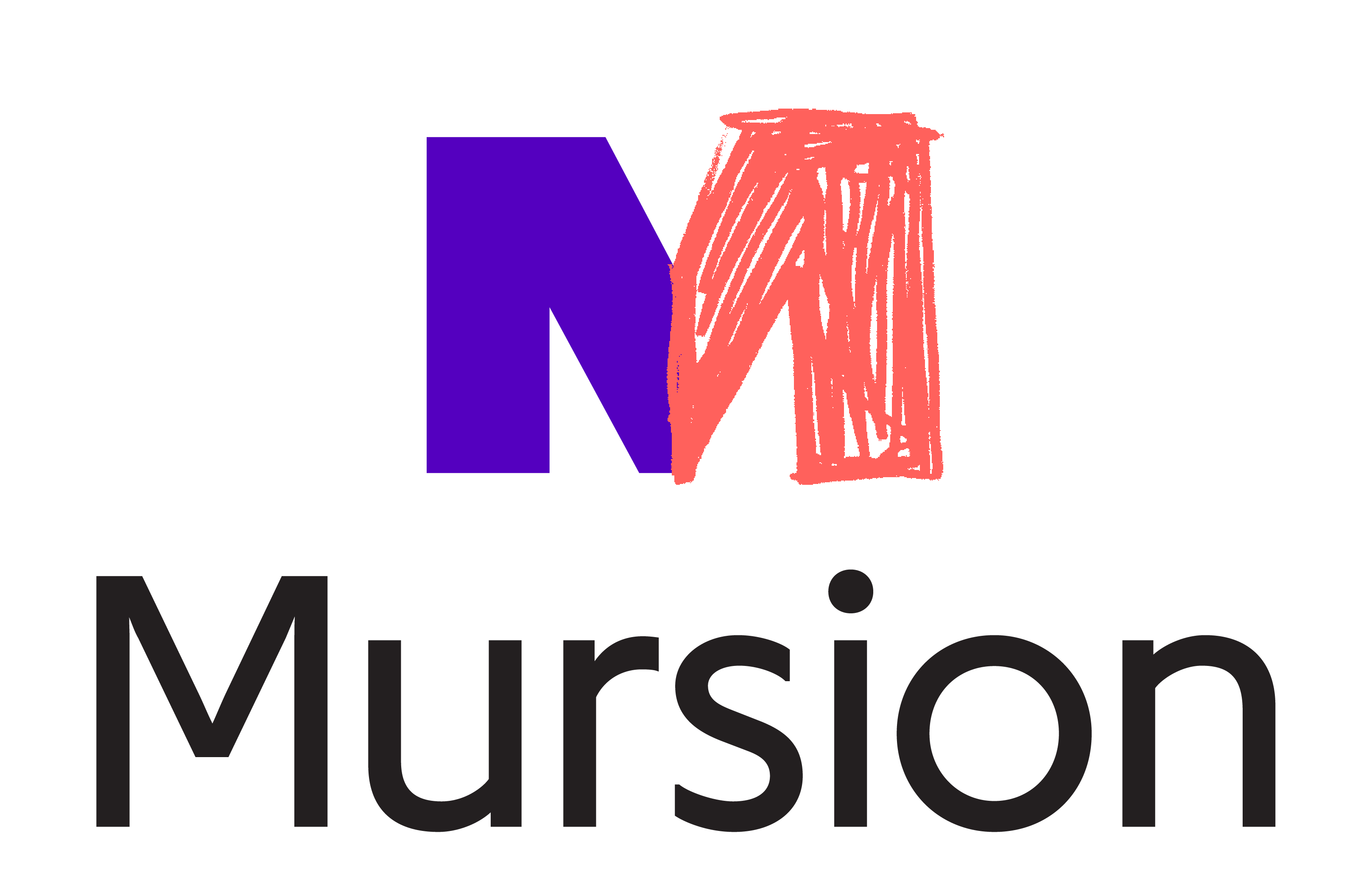A recent Smarter Living article in The New York Times, “How to Respond to Microaggressions,” described the everyday slights, indignities, and insults people of marginalized groups regularly experience as “death by a thousand cuts.”
Adding to the complexity of these pervasive situations is the fact that the interaction might be with an individual who is unaware of the offensive or demeaning nature of their comments or actions. When these situations occur in a workplace, where people of different backgrounds, beliefs, and biases (whether explicit or implicit) who might not ordinarily interact are brought together, it is essential to the health of the company that managers and employees feel that they can address these issues as (or even better before) they arise.
Recognizing Microagressions
Psychologists agree that the first step to addressing a microagression is to recognize that one has occurred and dissect what message it might be sending. Unlike blatant discrimination, microaggressions can be harder to call out precisely because they are so prevalent. Even seemingly innocuous statements or questions (“What country are you from?” “How did you get so good at math?”) in reality are disguised snubs that serve to lessen another person’s experience and accomplishments.
Experts recommend “microinterventions” when responding to a microaggression, a set of strategies and prepared statements that can guide the conversation in a productive way.
Unpacking Microaggressions in the Workplace
In a perfect world, the onus of confronting microaggressions would not fall on the person being marginalized. By being honest about the probability of these occurrences and addressing them head on, employers have the opportunity to create more equitable, respectful environments for all employees in their workplaces.
Mursion’s suite of virtual reality simulations offer a one-stop shop for operationalizing diversity & inclusion (D&I) programs into an organization’s training efforts so they become a reality across regions and time zones. Such programs are the fastest way to transform the principles of diversity, equity, and inclusion into sustainable advantage.
Companies must shift their approach to make D&I a core competency of their leadership development framework. Mursion offers a safe environment for leaders and other employees to practice the behavioral skills necessary to support an inclusive culture.
Subscribe for the latest Mursion articles and updates.
By clicking the sign up button above, you consent to allow Mursion to store and process the personal information submitted above to provide you the content requested. View our Terms and Conditions.



